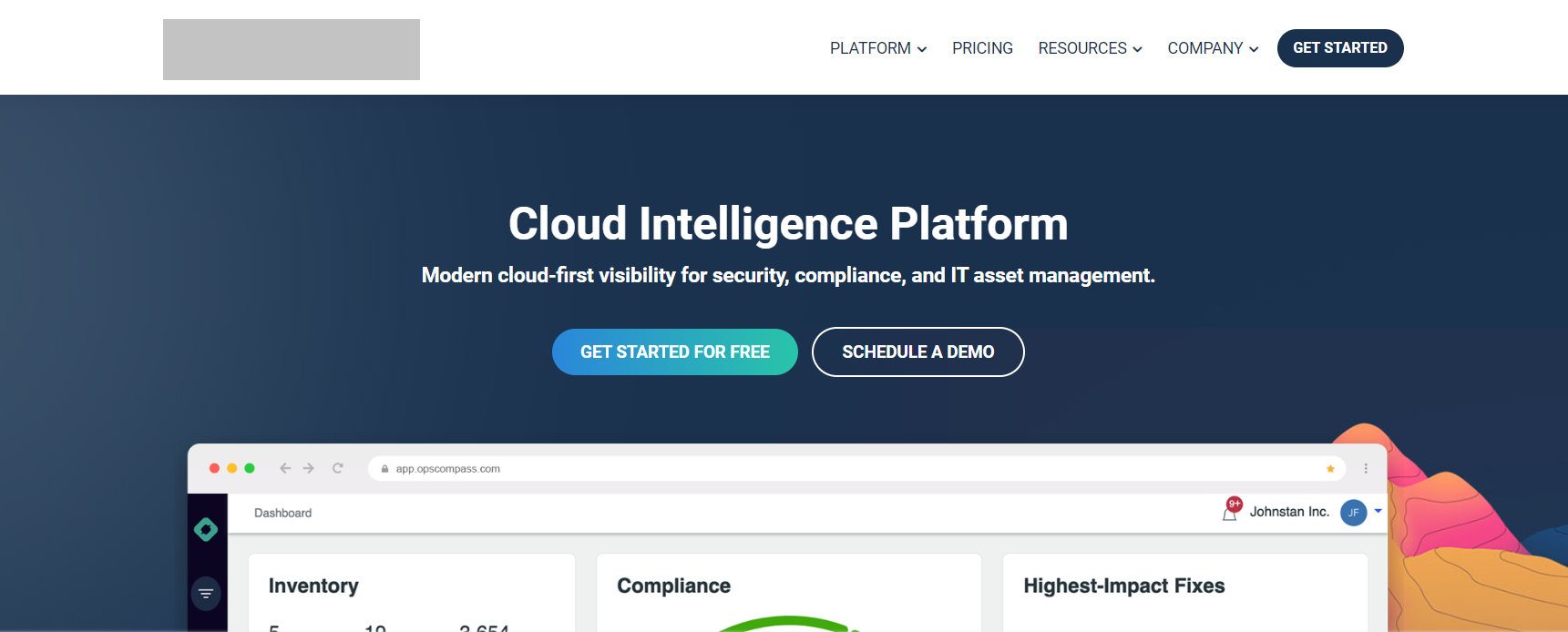Since Google Ads first launched retargeting in 2010, the evolution of this tactic has shifted tenfold.
It’s no longer a question of whether you should use retargeting; it’s how you should use it.
Whether you’re new to the marketing industry or a seasoned pro looking to polish your retargeting skillset, this post will cover the recent ins and outs of creating retargeting campaigns.
The Value Of Retargeting Ads
Ecommerce conversion rates range from 0.7% to 4% globally.
Since consumers have a low attention span and are used to endless scrolling, retargeting ads should be an essential part of your marketing strategy.
If you’re struggling to understand why only a small percent of website visitors purchase from you, don’t fret (yet). In reality, most people aren’t in the buying stage when they first visit your site.
If, for example, only 3% of users are ready to buy, the other 97% are likely not prepared to convert.
Therefore, if your retargeting goal is simply to get people to buy or convert now, you may be setting yourself up for failure.
Why is that? Well, telling people to “Buy Now” when they’re not ready means your messaging is wrong for 96% of your audience.
Where does the value of retargeting come in here? Multiple factors make a successful retargeting ad:
- Segmented audience by behavior.
- Identifying the right platform for ads.
- Serving the right message to the right audience.
Take this retargeting ad I got, for example.
I had been researching places to take a solo health and wellness vacation in Arizona. After landing on this website, I received this retargeting ad within 24 hours of visiting.
The ad itself captured the most important aspects I was looking for in a vacation:
- Wellness activities.
- Healthy food.
- Hiking.
 Screenshot from author’s Facebook Feed, July 2022
Screenshot from author’s Facebook Feed, July 2022What Do Retargeting Ads Do?
Simply put, retargeting ads help lead users to the next step in their buyer journey. It’s not just an ad that gets users to “buy now.”
Your retargeting message should not be a rehash of your original marketing message.
Smart retargeting, however, focuses on understanding where your customers are at in their buyer journey and helping them take that next step.
For example, say you are a SaaS company where your goal is to get users to sign up for a free trial.
Your initial strategy is to bid on the terms such as “cloud software,” where you land users on a page that talks about your software and encourages them to create an account.
Unfortunately, only a small percentage of users will take that action. You may be tempted to retarget all non-converting web traffic with more information on your software.
Do you see the problem here? That message didn’t work the first time, so why would it now?
It is where you’ll need to switch up your remarketing strategy.
First Things First: Start With Tagging
The key to running retargeting ads starts with proper tagging. If you’re looking to target web or app users of any kind, pixels, and tags are necessary.
Each platform you want to run retargeting ads on has its specific pixel. Right now, it seems the options are endless. You can retarget on major platforms, including (but not limited to):
- Google Ads.
- Microsoft Ads.
- Meta (Facebook).
- Instagram.
- LinkedIn.
- Twitter.
- Snapchat.
- TikTok.
- Pinterest.
If you’re planning on testing out all these platforms, too many hard-coded pixels could slow down your website. Try using Google Tag Manager to simplify your tag/pixel management for a more straightforward implementation.
How Do These Tags Work?
These tags identify a user based on their website activity (anonymously), which are then collected into platforms where you can later target them.
Now, one major thing to consider is the deprecation of third-party cookies. It’s already been announced that Google is removing third-party cookies, and many others will likely follow.
This change to the consumer landscape leads us to the next core item of retargeting ads: audiences.
Create Meaningful Audiences
As mentioned above, third-party cookie deprecation may affect retargeting in the future. But, in what way?
The most significant shift will come from securing first-party data on your users – at the beginning of their user journey.
First-party data means consumers give you their information directly, such as submitting an email address on your website.
Once you have first-party data, the possibilities are endless for segmentation. For example, you could segment your users based on:
- How they first came to your website (organic, social media, referral, etc.).
- How long do they stay on your site.
- If a user completed (or didn’t complete) a particular action on your site.
- What categories or products they viewed.
- If a user is a previous buyer.
- The length of time they watched one of your videos.
- What type of offer do they claim on your site to give you their data.
- How they’ve interacted with your social pages.
Again, these are just a few examples of how you can remarket. You can get as creative as you want!
Now, if consumers provide specific user data, you can upload this information to many platforms to retarget them. This data is uploaded in a secure, hashed way to keep the user anonymous.
You’re able to upload data points such as:
- Email address.
- First and last name.
- Phone number.
- Address.
- Other data points are available by platform.
It works because if your user data matches the cross-reference data from the specific platform, you can retarget them.
Additionally, if you have pixels or tags set up, you can create specific behavior-like audiences and use them on those respective platforms.
For example, if you linked your YouTube channel to your Google Ads account, you can create remarketing lists of users who viewed a certain video as an ad.
These types of remarketing audiences are powerful at retargeting someone likely at the awareness stage.
Choose The Right Messaging
Now that you’ve identified your audience to retarget, it’s imperative you get the messaging right.
If your company has an average sales cycle of six to 12 months, can you expect someone to convert to that sale immediately?
I wouldn’t bet on it.
This is why segmenting your audiences is so important. You should not be giving everyone the same retargeting message, nor should you use the exact same messaging you’ve initially reached them with.
Let’s go back to the cloud security example.
Selling cloud security software to a company is likely a long sales cycle with multiple decision makers.
If this is the first page you see as a new user, would you want to take action immediately?
 Screenshot from a cloud intelligence platform, July 2022
Screenshot from a cloud intelligence platform, July 2022Probably not.
What if you landed on the same page from a retargeting ad the second time with no differentiation in ad copy?
Again, probably not.
The idea is so simple, yet so many companies get it wrong. Everyone is looking for that final sale without giving a user a reason why they should trust their brand.
Now, what would be an ideal scenario?
- Create awareness of your product to your ideal audience → Lead them to an informative page about what it does.
- Create a retargeting audience based on qualifying factors of that page → Encourage them to download an informative whitepaper.
- Segment that audience further if they completed that action → Start introducing them to a stronger offer (such as a demo or trial, if it’s an easy user experience).
This very simplified scenario should likely include more steps to warm the user up to you. But hopefully, this gives you an understanding of why your messaging or offer should differ each time.
More importantly: Don’t expect them to go to the final desired action you want them to take!
Reach Your User On The Right Platform
We’ve discussed the tags, audiences, and messaging for retargeting ads. Now it’s time to pick the right platform.
We already touched on just a few platforms you could retarget on. So, because there are myriad options, does that mean you should use all retargeting options?
Not necessarily!
The key to identifying your retargeting platforms is to do your audience research. Ask yourself questions like:
- What are the key demographics of my audience?
- Where does my audience spend time?
- Am I collecting mainly business user information or personal information?
- What message am I sending to my audience?
Dive deeper into your audience behavior to help influence your retargeting platform decision.
For example, if you’re trying to get ahold of business decision-makers and collecting work emails, you may want to try LinkedIn or Quora as a retargeting option.
Personal social platforms such as Facebook or Instagram may not be your best option.
The messaging should also influence which retargeting platform to use.
If you’re trying to get someone to sign up for a demo or start a free trial, you may not want to use platforms that are more used for awareness, such as YouTube.
Conclusion
While retargeting options have changed dramatically since their inception, the premise hasn’t necessarily changed.
Retargeting and users’ brand expectations have become more sophisticated.
Keeping up to date on the industry changes and how they affect your retargeting strategy is a must in today’s age.
Use these tips above to help amplify your retargeting strategy for a better conversion rate and user experience.
More Resources:
Featured Image: eamesBot/Shutterstock
